Cannabis Glossary Of Growing Terms

Amateur growers often underestimate the importance of knowing and using proper cannabis growing terms. Unfortunately, if your cannabis glossary consists of terms like “this thingy” and “that thingy”, it could become a huge obstacle to growing the weed plant of your dreams.
We often give the example of the Mars Climate Orbiter when we want to give people the idea of why it’s important to know at least the main cannabis terms. The Mars Climate Orbiter was a space probe launched in the late 90s that quickly went south due to miscommunication between two different teams of engineers (English and American) working on the project. Before starting the project, the teams hadn’t agreed on a single set of terms and system of measures, leading to a disaster that cost over $125m in damages. Weirdly, the same can happen with cannabis growing! Even though you’re unlikely to lose $125m, the success of your grow and the size of your harvest is definitely at stake. Our Cannabis Glossary of Growing Terms is a useful tool designed to aid those new to growing navigate the often confusing world of cannabis cultivation. With our list of popular terms and definitions of cannabis growing, you’ll be well on your way to applying all the knowledge accumulated online, including from our blog, to harvest healthy and quality cannabis.
Common Cannabis Terms: Genetics
Strain – A certain variety of cannabis species and one of the most widespread words in the cannabis glossary of terms. The vast majority of varieties on the market are artificially bred with the aim of developing weed plants with certain desired qualities. The name is chosen by the breeder who created the variety (or less often, creative consumers). The name often reflects the particular appearance of the plant, its expected effects, or its region of origin.
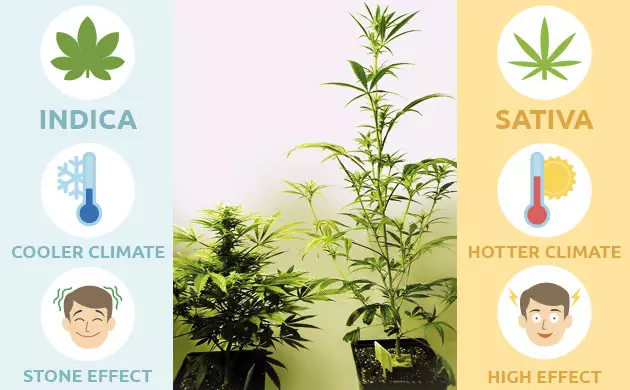
Indica – A relatively small, fast-flowering cannabis strain (or rather, sub-species) with excellent yields best suited for growing in cooler climates. The term “Indica” is sometimes also used to describe the effects of cannabis (as in “Indica effect”), meaning you can expect a relaxing, sedating body-high or so-called stone.
Sativa – Another subspecies of cannabis that originates from hotter climates. As a result, Sativa strains are naturally taller and have longer lifecycles, making them more suitable for growing in places with longer warm seasons. The term “Sativa”, when used to describe the effects of cannabis (as in “Sativa effect”) means you’ll likely experience an energizing, happy, and cerebral head-high.
Hybrid (Cross) – The result of crossing two different varieties of cannabis. In theory, this can appear by chance, but in most cases, breeders create hybrids on purpose to combine the advantages of the two original varieties in one new hybrid. The vast majority of varieties on the marijuana market today are hybrids. For example, Blue Dream is a cross between Blueberry and Haze.
Ruderalis – A low-THC weed variety used by breeders to create autoflowering hybrids and high cannabidiol varieties. Originally from Russia, Ruderalis is a hardy plant that can survive in even the harshest of climates.
Hermaphrodite – Hermaphroditism occurs when a plant displays both male and female features, hence they can pose a very serious risk to your garden. As hermaphrodites contain male parts, it’s imperative to remove them from the grow space as soon as possible to avoid cross-pollination of your female plants. In nature, this occurs naturally to create seeds. However, when growing cannabis for sinsemilla (unpollinated and smokable) buds, it’s important to control hermaphroditism in cannabis.
Cannabis Grower Terms: Seeds
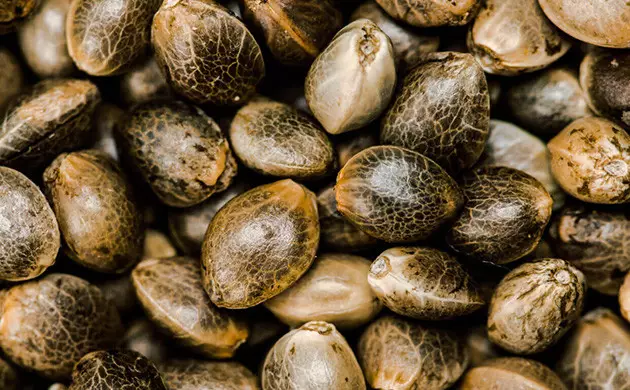
Feminized cannabis seeds – Seeds that are modified to produce only female plants. Producers feminize their seeds because only female plants grow smokable buds with the highest concentration of cannabinoids. Feminized seeds make growing much easier because they eliminate the need to sex the plants and remove the males in order to prevent pollination.
Regular cannabis seeds – Regular cannabis seeds are those that haven’t gone through a feminization process and can therefore produce both female and male plants. These are an excellent choice for those growers who are into breeding new cannabis strains.
Seedbank – A seedbank is a producer of cannabis strains that sells seeds in addition to breeding new varieties. Here at Herbies, we sell seeds from the most reputable seedbanks, including Barney’s Farm, Green House Seeds, FastBuds, Sweet Seeds, etc.
Cannabis Cultivation Terms & Training Methods
Buds – Cannabis flowers. This part of female cannabis is harvested and used for medical or recreational purposes, since it’s within them that the largest amount of active substances – cannabinoids – is concentrated.
Flowering time – The time it takes a plant to form and ripen its buds. The flowering period of cannabis and its flowering time starts after the switch of light schedule to 12/12 for photoperiod plants. When it comes to the flowering period of a particular variety, an average period is taken based on how most plants behave under optimal conditions. Since autoflowers start flowering on their own, growers often use the term “harvest time” to describe the length of the lifecycle.
Harvest time – The total lifecycle of a plant given by the sum of its component stages. The typical growth cycle for a photoperiod cannabis strain is as follows: 1-5 days for germination, 4-5 weeks for vegetative growth, and 8-10 weeks for the flowering period, followed by a week or so to flush the plant and ensure your crop is free of any excess nutrients. After this time, your plant will enter the harvest window, wherein growers have roughly 10 days to harvest their plant to their liking. However, there are exceptions, and harvest time varies greatly from strain to strain.
Indoor cultivation – One of the multiple ways of growing cannabis. Indoor cultivation gives the grower the most control over their garden environment, as factors such as light, temperature, humidity, and nutrient feed can all be monitored and tinkered with to maximize yields.
Outdoor cultivation – The most traditional way to grow cannabis. People have been cultivating cannabis outdoors for thousands of years and will continue to do so for thousands more. While indoor growers have more control over their environment, those who opt to grow outside will not have the added cost of electricity to power lighting and fans, as they can use the power of sunlight and wind to deliver heavy yields of dense, resinous cannabis flowers. Moreover, outdoor plants are not limited by any height restrictions and can grow as large as you let them, resulting in some growers having to employ teams of people to harvest a tree-sized outdoor cannabis plant.
SoG (Sea of Green) – A growing style that suggests growing several smaller plants instead of a single bigger one. A “sea” of cannabis tops is created using a repeated arrangement of grow pots containing the same strain or clones from a single mother, along with the use of training techniques such as topping and low-stress training to manage height and create an even canopy.
SCRoG (Screen of Green) – A cultivation technique in which vertical growth is limited in favor of horizontal development of shoots. In other words, Screen Of Green is a way to effectively control the plant’s height, shape the bush, and control the direction of growth. Due to the specifics of this technique, the SCRoG method is usually used by owners of small grow boxes. However, in theory, there are absolutely no limits on the use of such a cultivation technique.
LST (Low-stress training) – One of the easiest but most powerful growing techniques, mostly performed by bending and tying the branches. Due to cannabis’ apical dominance, when the direction of growth of the plant is redirected (by bending the main stem over, for example), the plant responds by creating new bud sites which, given enough time to mature, will form new tops which will fill into dense, resinous flowers with a high bud-to-leaf ratio. LST is excellent in the case of plants that cannot tolerate much stress – for example, autoflowers.
HST (High-stress training) – A more extreme training method in which cannabis plants are intentionally wounded to accumulate new growth. While LST can be performed by amateurs, HST is mostly done by experienced growers, as it involves high risk of damaging the plant to the point where it cannot restore itself.
Hydroponics – A growing system that does not use soil. Plants instead grow in water and receive nutrients from special solutions. From a grower's perspective, the main benefit of a hydroponic system is better control over fertilizer consumption. Some argue that marijuana grown in this system has a more pronounced flavor.
Cannabis Plant Terms: Strains
Medical cannabis strain – A strain that yields cannabis used for treating various symptoms and conditions – for instance, stress, anxiety, chronic pain, nausea, arthritis, etc. These strains help patients first and foremost thanks to the active combination of cannabinoids and a unique terpene profile.
Photoperiod cannabis strain – A strain that requires a change in the light schedule to begin its flowering stage. For example, growers who choose photoperiod cannabis often let their plants grow on an 18/6 (hours light on/hours light off) schedule in the vegetative stage while it gains mass and establishes a strong root system, followed by 12/12, which will trigger the start of the flowering stage.
Autoflowering cannabis strain – A strain that, in contrast to photoperiod cannabis, doesn’t require any change in light schedule and instead will start to flower automatically. These strains are produced when breeding either Sativa or Indica strains with Ruderalis, which is a wild autoflower. Most autoflowers remain a small to medium size and go from seed to harvest in less than 10 weeks – a significant improvement on the total grow time of their photoperiod counterparts, making them a fantastic choice for indoor growers.
Cannabinoids – Chemical compounds found in cannabis that are compatible with the endocannabinoid receptors in the human body. These components are capable of producing noticeable effects ranging from psychoactive to therapeutic, including relieving pain and spasms and affecting consciousness. The most well-known and studied cannabinoid is THC (tetrahydrocannabinol). Its popularity is due to the fact that the THC content in the plant is higher than the content of any other active ingredients.
Tetrahydrocannabinol (THC) – The best-known and most readily available cannabinoid found in marijuana. THC is responsible for the psychoactive effects of weed (the high). Also known as delta-9-tetrahydrocannabinol, it was first isolated in 1964 and identified as an element of the plant's natural defense against pests. Research has shown that THC can be an effective medicine for a wide variety of conditions.
Cannabidiol (CBD) – One of the major cannabinoids found in cannabis. Cannabidiol has strong medicinal properties and is active against pain, stress, inflammation, etc. while being non-psychoactive.
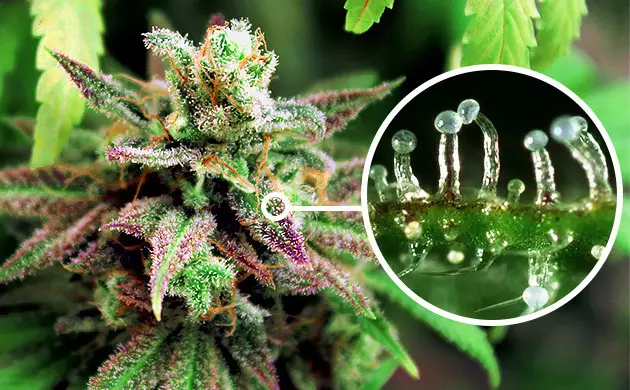
Trichomes – Cannabis glands that produce resin. Trichomes can give a plant and its buds a "shaggy" appearance, but these are in fact not hairs or crystals (although these words are often used to describe them). Cannabinoids are produced by these glands, and trichomes are thus the place of the highest concentration of THC, CBD, etc.
Cannabis Terms And Definitions: Have We Left Anything Out?
We’ve compiled this list of cannabis terms and definitions according to the words that come up most when amateur growers start their journey to weed growing. Do you wish to see more cannabis dictionary terms in this article? Let us know what you have trouble understanding, and we’ll add the definition you’re interested in to our cannabis glossary.
Herbies Head Shop expressly refuses to support the use, production, or supply of illegal substances. For more details read our Legal Disclaimer.
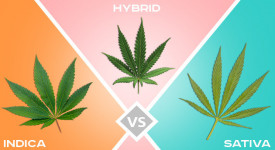
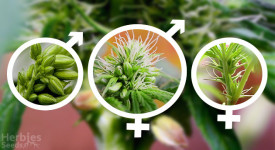

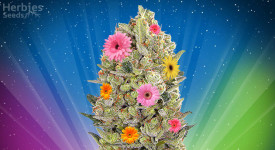
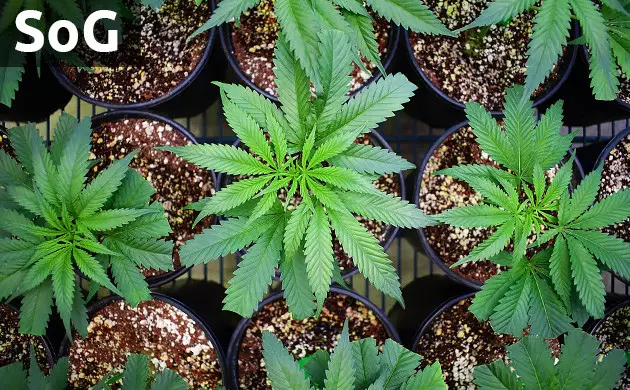
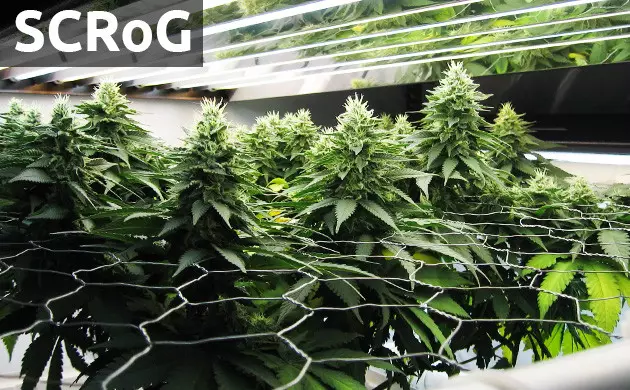
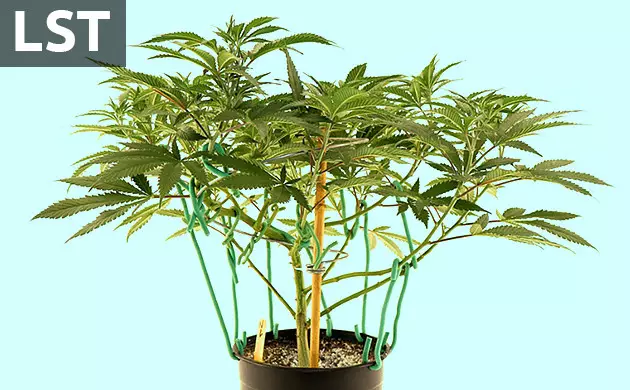
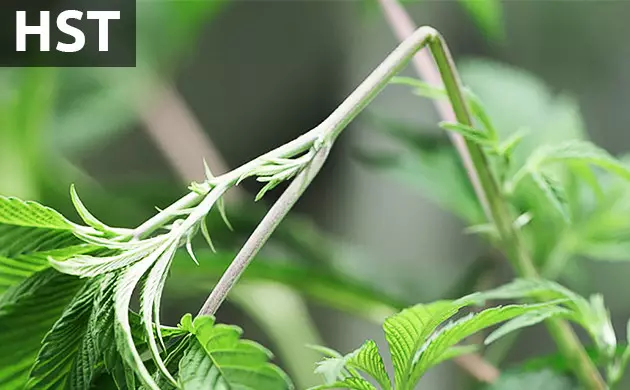
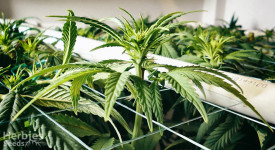
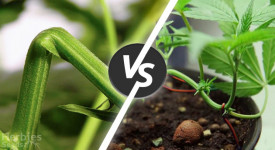




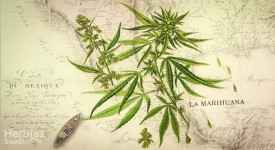

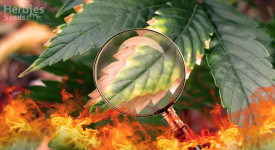



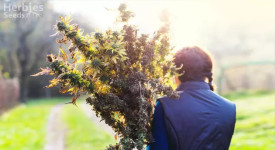
Thank you for leaving a comment for us!
Your feedback will be posted shortly after our moderator checks it.
Please note that we don’t publish reviews that: